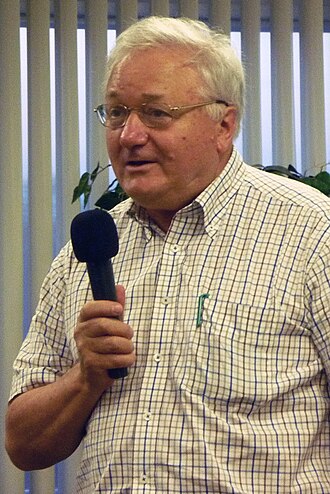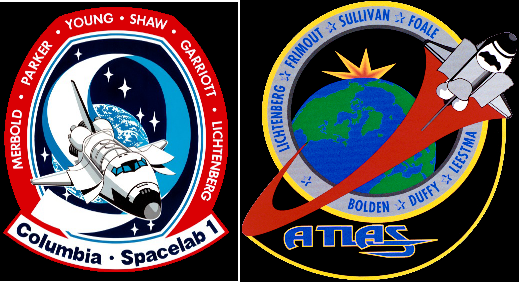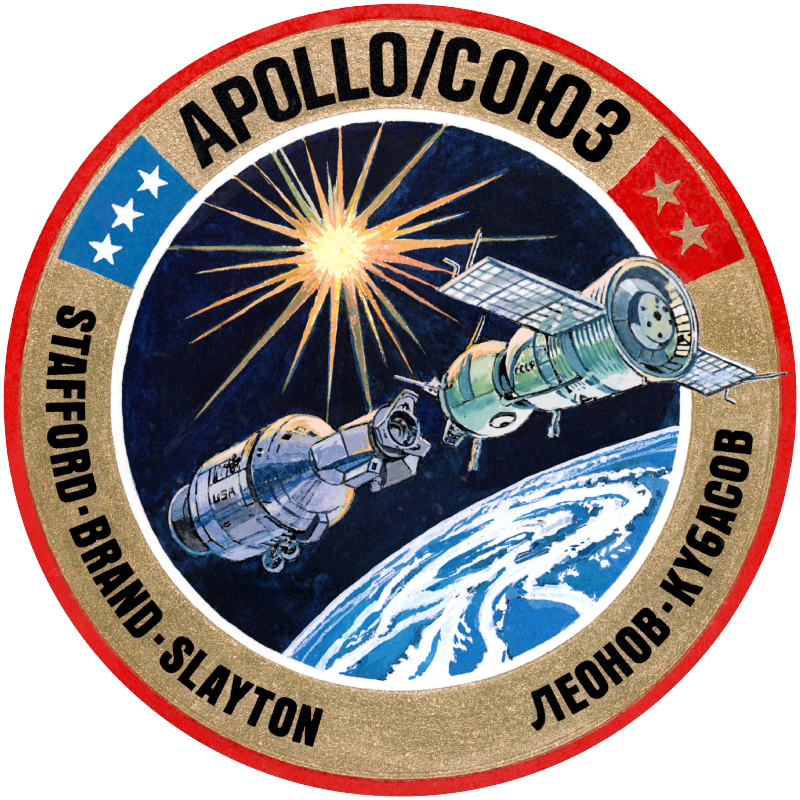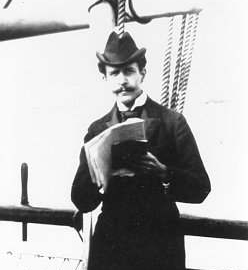2013 – SpaceX CRS-2 Dragon
launches from Cape Canaveral on a mission to deliver supplies to the International Space Station.
2002 – STS-109 Hubble Telescope Servicing Mission 3B.
1982 – The Soviet Venera 13 sends back the first color photos of Venus. (Venera 14 followed w/more photos 4 days later.) Venera 13 was launched on 30 October 1981 and Venera 14 was launched on 4 November 1981.
1966 – Venera 3 (USSR) becomes the first probe to impact on another planet, namely Venus, but the probe failed just before arriving at the planet and returned no data.
Birthdays

1943 – Rashid Sunyaev, Russian-German astronomer and physicis. tSunyaev and Yakov B. Zeldovich developed the theory for the evolution of density fluctuations in the early universe. They predicted the pattern of acoustic fluctuations that have been clearly seen by WMAP and other CMB experiments in the microwave sky and in the large-scale distribution of galaxies.

1941 – Michael Logan Lampton was an American astronaut, scientist, and founder of the optical ray tracing company Stellar Software. Lampton was a NASA payload specialist from 1978 to 1992.(d. 9 June 2023)


1924 – Deke Slayton, American soldier, pilot, and astronaut Selection NASA Group 1 (1959), Missions Apollo–Soyuz Test Project, Time in space 9d 1h 28m
(d. 13 June 19931)
 1927 – George Abell, catalogued 2712 clusters of galaxies of the Palomar Sky Survey (1949-1958) and determined the relative numbers of galaxies with various intrinsic brightness. He also discovered how cluster luminosity could be used as a distance scale. He died in 1983. “As a teacher, Abell was outstanding. A brilliant and forceful lecturer, he emphasized that the cornerstone of science teaching is to present how we know what we know, rather than just to present facts–whose amazing and sensational character may entertain but not really enlighten the listener.
1927 – George Abell, catalogued 2712 clusters of galaxies of the Palomar Sky Survey (1949-1958) and determined the relative numbers of galaxies with various intrinsic brightness. He also discovered how cluster luminosity could be used as a distance scale. He died in 1983. “As a teacher, Abell was outstanding. A brilliant and forceful lecturer, he emphasized that the cornerstone of science teaching is to present how we know what we know, rather than just to present facts–whose amazing and sensational character may entertain but not really enlighten the listener.

1870 – Eugène Michel Antoniadi, born on this day in Constantinople, was a Greek astronomer, who spent most of his life in France when invited there by Camille Flammarion. Antoniadi became a highly reputed observer of Mars, and at first
supported the notion of Martian canals, but after using the telescope at Meudon Observatory during the 1909 opposition of Mars, he came to the conclusion that canals were an optical illusion.